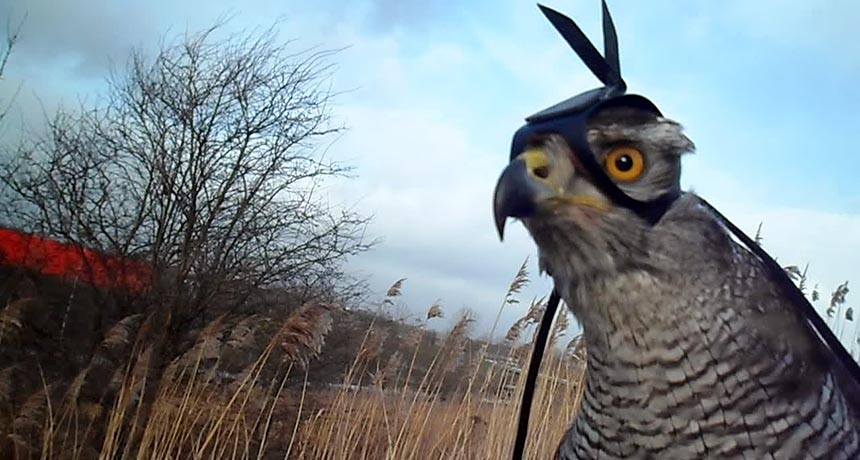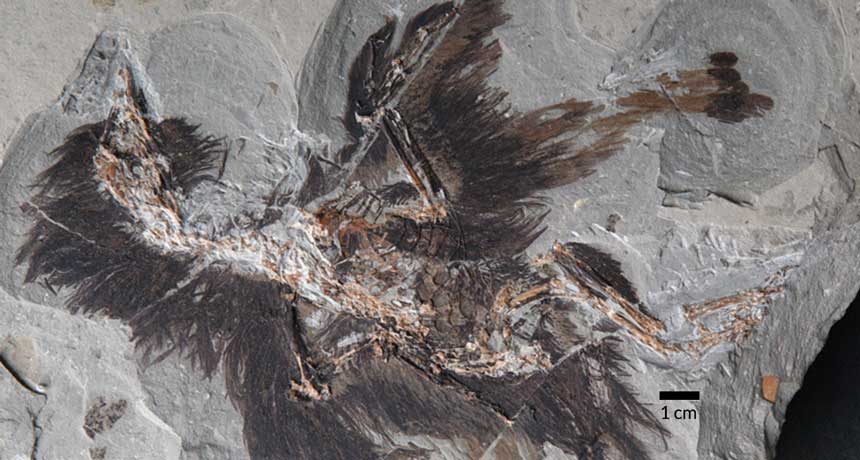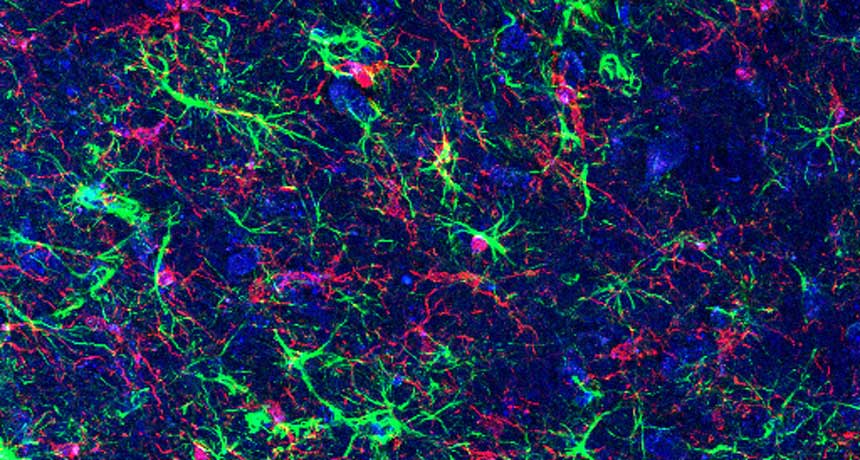With climate change, grizzly bears may hibernate less

Rocky Mountain hikers might need to start packing more bear spray: Climate change may reduce the time that grizzly bears spend in hibernation — leaving them more time to scare the crap out of any humans wandering in their territory.
Scientists aren’t really concerned about bear hibernation because of unwary hikers, of course. It’s because hibernation is an important time of year for a grizzly bear. By going into hibernation and suppressing their metabolisms, the bears can reduce the amount of energy they expend by some 85 percent and more easily get through months when food supplies are short and weather is bleak. Plus, this is when pregnant females give birth and start raising their young. Disrupt hibernation time and a bear is set for a bad — and potentially deadly — year.
And then there’s the fact that in some places, grizzly bears aren’t doing so well. That’s true in Alberta, Canada, where the bears, already low in number, have been threatened by habitat loss and human hunters and have low reproductive rates.
Karine Pigeon of Laval University in Quebec City and colleagues wanted to know whether they should add climate change to that list of threats. But first they needed more information about the factors that drive the bears into and out of their dens. The bears don’t go into or leave hibernation on specific dates (apparently they don’t use our calendar system), so how do they know when it’s time to hibernate?
To find out, the team captured 15 male and 58 female grizzly bears from 1999 to 2011 in an area along the Alberta-British Columbia border northwest of Calgary. The bears were weighed and measured and fitted with tracking collars. Because the signals from the collars couldn’t be tracked from inside the bears’ dens, the researchers knew when the animals entered and left hibernation. The scientists also collected information about the local weather and the availability of berries, one of the bears’ preferred foods.
No single factor explained the dates on which the grizzlies entered and left hibernation, but some were more important than others, the team reports in the October Behavioral Ecology and Sociobiology. Pregnant females, for instance, entered their dens on average two weeks earlier than males, and the ones that had given birth and had cubs emerged two weeks later. This matched what scientists know about bear denning habits, which are thought to promote the cubs’ safety and development.
The end of hibernation tended to be linked to weather and elevation. A bear denning at high elevation in a year in which spring arrived late would stay snug and warm in its den for longer than a grizzly lower down and when spring arrived early.
The den entry date, though, wasn’t tied to weather. It was partially linked to the availability of food: When there were plenty of tasty berries available, grizzlies tended to stay out and keep eating.
And this is where there’s a problem regarding climate change, the researchers note. Because if longer autumns promote the plentiful production of berries, and earlier springs are bringing milder conditions that prompt bears to leave their dens, then grizzlies may hibernate less. That could have repercussions for females with cubs, the researchers note, because it may lead to smaller, more vulnerable cubs being led out into the open — where humans or other bears could kill them.








